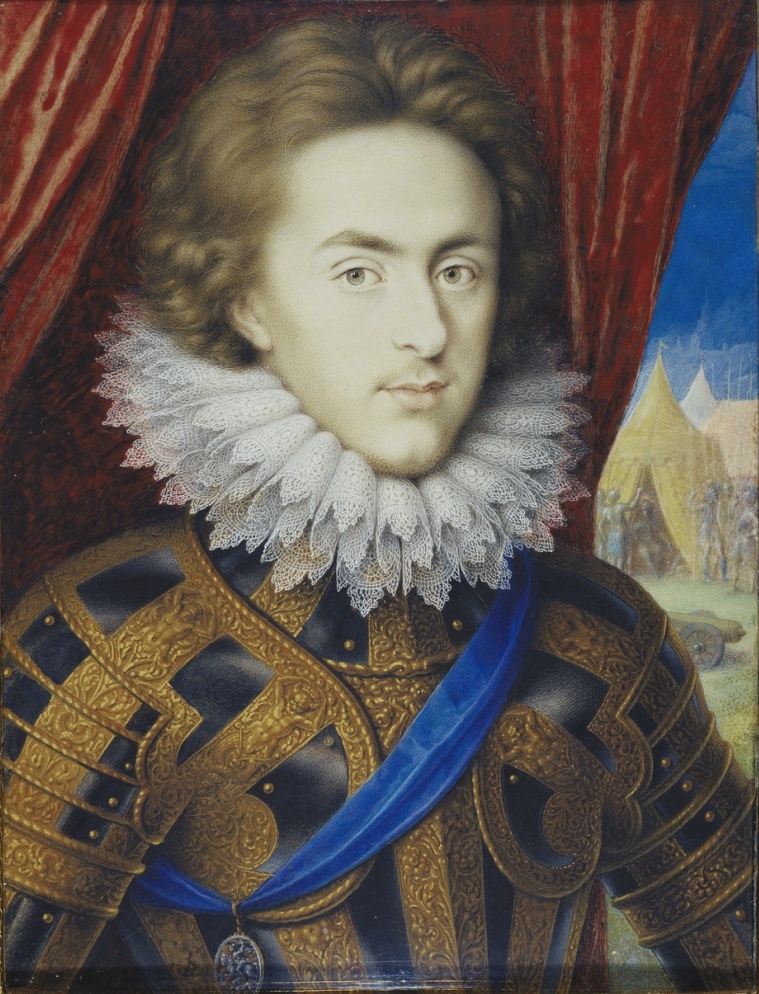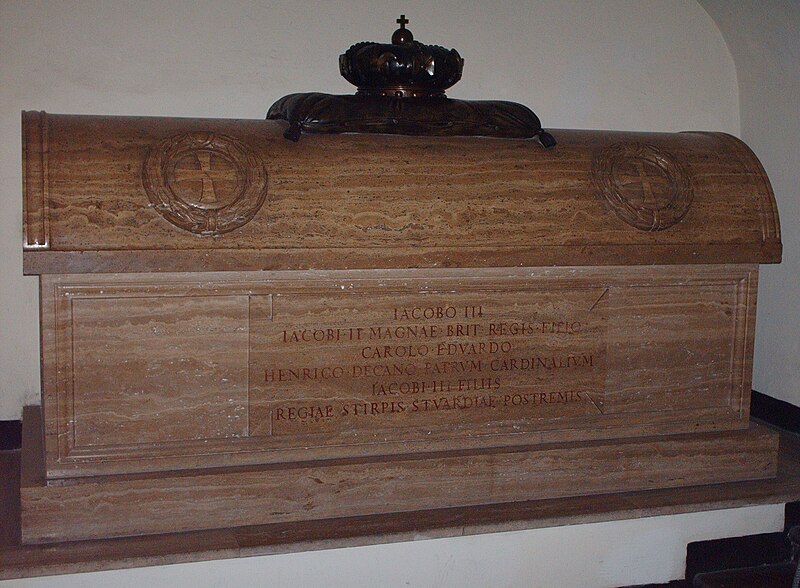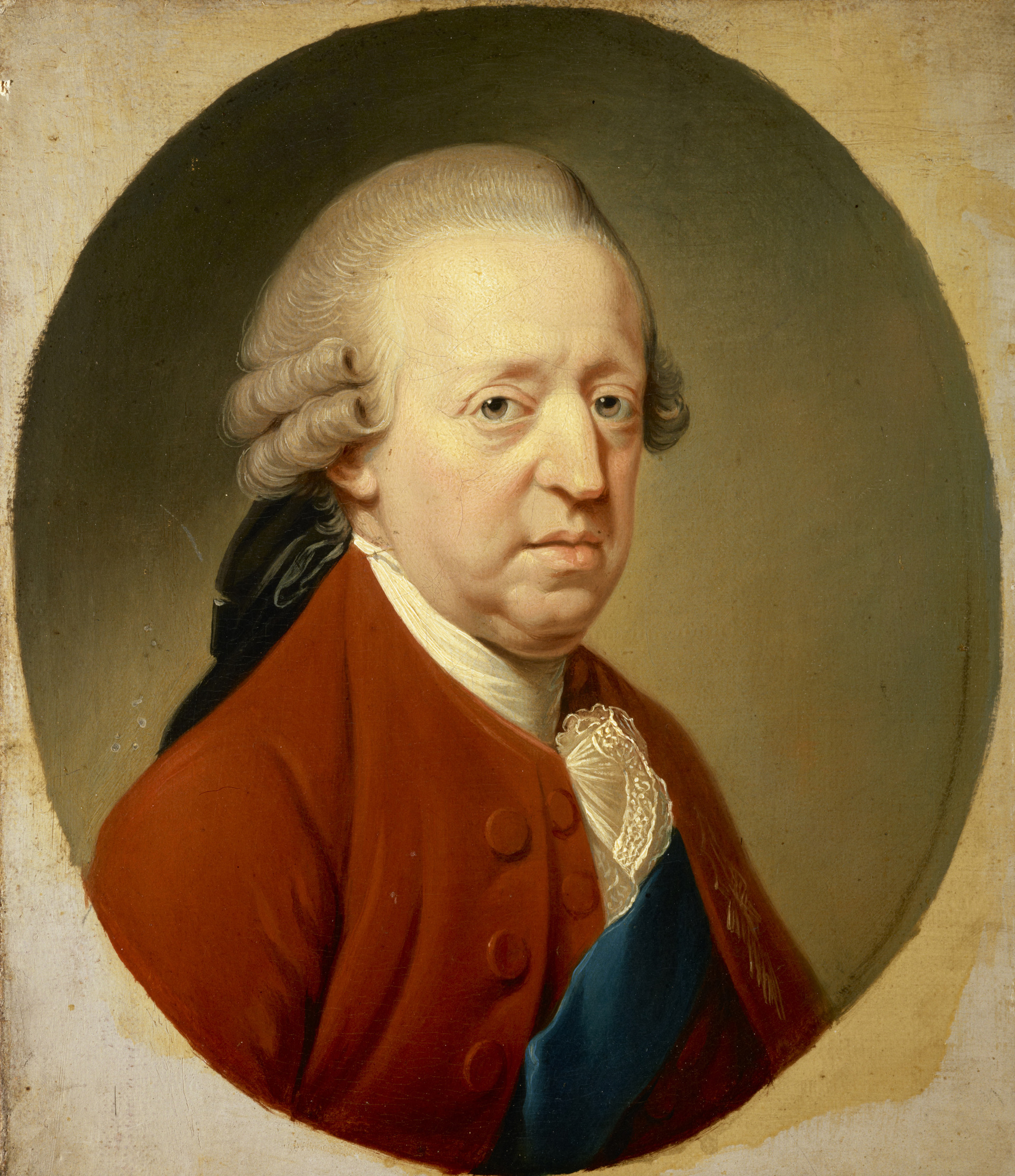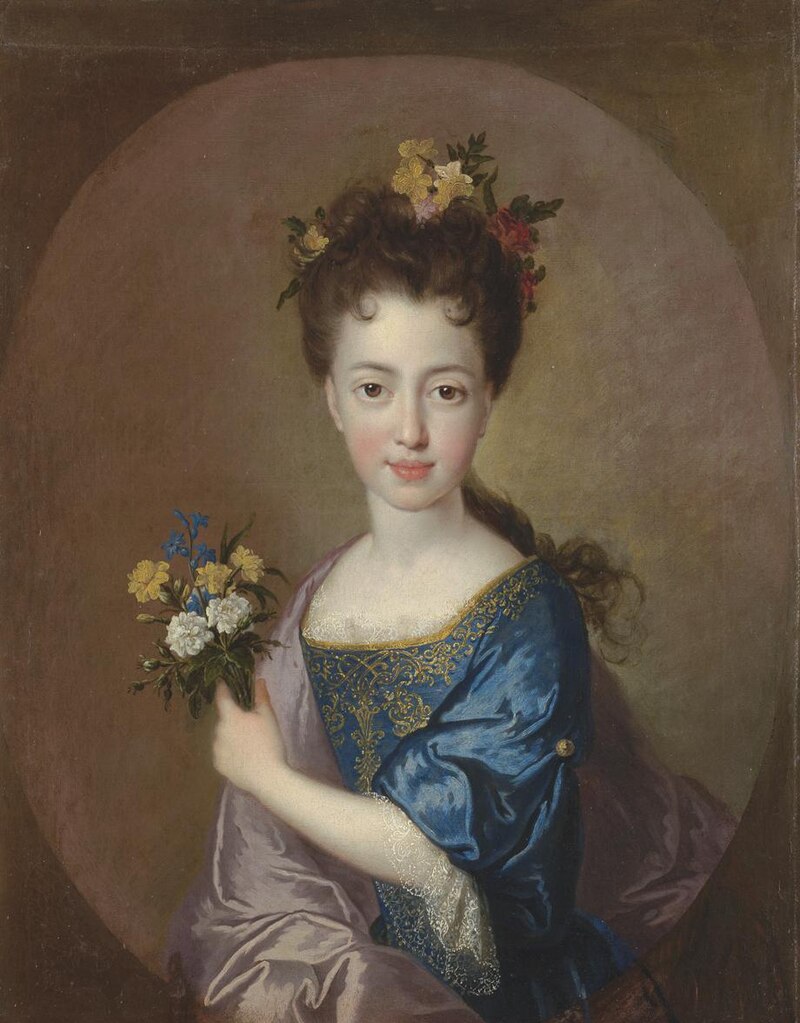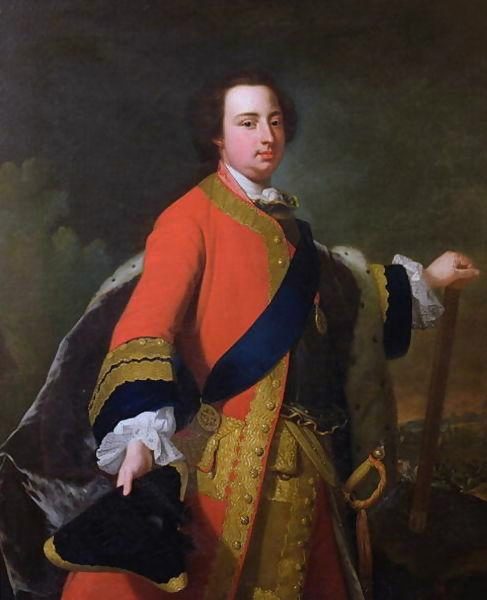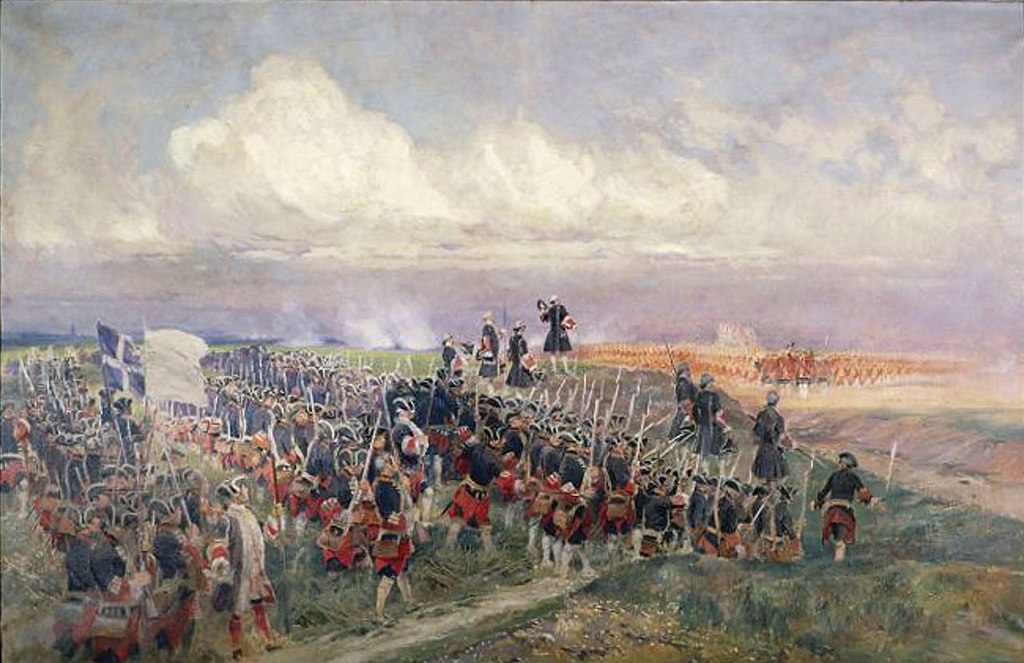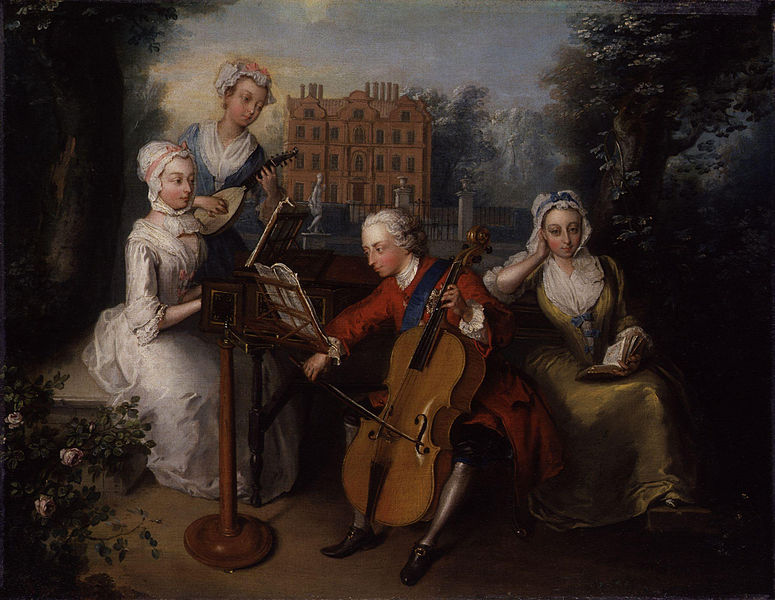by Susan Flantzer © Unofficial Royalty 2016

Elizabeth Stuart, Electress Palatine of the Rhine; Credit – Wikipedia
It was through Elizabeth that the Hanovers inherited the British throne. The first Hanover monarch, King George I, was her grandson. The eldest daughter and second child of King James I of England and Anne of Denmark, Elizabeth Stuart was born on August 19, 1596. Sources differ on her birthplace, either Dunfermline Palace or Falkland Palace, both in Scotland. At the time of her birth, Elizabeth’s father, the son of Mary, Queen of Scots, was King James VI of Scotland. In 1603, upon the death of Queen Elizabeth I of England, James succeeded to the English throne as King James I of England. The infant princess was baptized on December 28, 1596, at the Chapel Royal, Holyrood Palace in Edinburgh, Scotland. She was named after Queen Elizabeth I of England.
Elizabeth had six siblings, but only two survived childhood:
- Henry Frederick, Prince of Wales (1594 – 1612), unmarried, died of typhoid fever, aged 18
- Margaret (1598 – 1600), died aged fifteen months
- King Charles I of England (1600 – 1649), married Henrietta Maria of France, had issue including King Charles II and King James II, executed
- Robert, Duke of Kintyre (born and died 1602), died aged four months
- Mary (1605 – 1607), died aged two.
- Sophia (born and died 1606), lived only one day

‘James I and his royal progeny’ by Charles Turner, published by Samuel Woodburn, after Willem de Passe mezzotint, published 1814 NPG D9808 © National Portrait Gallery, London
As was customary for princesses, Elizabeth was not raised by her parents, but by a noble family loyal to the Scottish royal family. Her early years were spent at Linlithgow Palace in the care of Alexander Livingstone, 1st Earl of Linlithgow, 7th Lord Livingstone and his Catholic wife, Eleanor (Helen) Hay, eldest daughter of Andrew Hay, 8th Earl of Erroll. A Protestant princess being raised by the Catholic Lady Livingstone was controversial. Lord and Lady Livingstone remained guardians of Elizabeth until the accession of Elizabeth’s father to the English throne in 1603. Elizabeth then accompanied her mother and her brother Henry, Prince of Wales to England.

Elizabeth, aged seven, by Robert Peake the Elder, 1603; Credit – Wikipedia
Elizabeth was placed in the care of John Harington, 1st Baron Harington of Exton and his wife Anne at Coombe Abbey near Coventry, England. Although being the guardians of Elizabeth was a heavy financial burden, Lord and Lady Harrington diligently took care of Elizabeth and provided her with an excellent education. In 1605, the conspirators of the unsuccessful Gunpowder Plot intended to use the nine-year-old princess as part of the plot. After blowing up Parliament during the State Opening, the plotters had planned to seize Elizabeth and proclaim her Queen of England. Lord Harrington was warned of the plot and brought Elizabeth to a safe place in Coventry. The plot failed when the conspirators were betrayed. Before he could light the bomb intended to blow up Parliament, Guy Fawkes was caught by King James I’s soldiers. In 1612, Elizabeth suffered great sorrow when her elder brother Henry, Prince of Wales died of typhoid fever. She was not allowed to see him during his illness for fear she would be exposed to the disease and her brother’s last words were said to be, “Where is my dear sister?”
As the daughter of a reigning king, Elizabeth’s hand in marriage was sought after by a number of suitors including Gustavus Adolphus of Sweden (later King Gustavus II Adolphus of Sweden); Frederic Ulric, Duke of Brunswick-Wolfenbuttel; Prince Maurice of Nassau; Henry Howard, 1st Earl of Northampton; Theophilus Howard, 2nd Earl of Suffolk; Otto, Hereditary Prince of Hesse and Victor Amadeus, Prince of Piedmont (later Victor Amadeus I, Duke of Savoy). However, after careful consideration, Friedrich V, Elector Palatine of the Rhine was chosen. Friedrich and Elizabeth were the same age. Friedrich was a descendant of the kings of Aragon and Sicily, the landgraves of Hesse, the dukes of Brabant and Saxony, and the counts of Nassau and Leuven. He was a senior prince of the Holy Roman Empire and a staunch defender of the Protestant faith. Elizabeth and Friedrich, both 16 years old, were married on February 14, 1613, at the Chapel Royal at the Palace of Whitehall.
The couple had thirteen children:
- Heinrich Friedrich, Hereditary Prince of the Palatinate (1614 – 1629), unmarried, drowned
- Karl I Ludwig, Elector Palatine (1617 – 1680), married (1) Charlotte of Hesse-Kassel, had issue including Elizabeth Charlotte, second wife of Philippe, Duke of Orléans, younger brother of King Louis XIV of France; (2) morganatically, Marie Luise von Degenfeld, had issue; (3) morganatically, Elisabeth Hollander von Bernau, had issue
- Elisabeth of the Palatinate (1618 – 1680), unmarried, Princess-Abbess of Herford Abbey
- Rupert, Count Palatine of the Rhine (1619 – 1682), unmarried, had two illegitimate children
- Maurice of the Palatinate (1620 – 1652), unmarried, drowned
- Louise Hollandine of the Palatinate (1622 – 1709), unmarried, converted to Roman Catholicism, nun and then abbess at the Cistercian Maubuisson Abbey
- Ludwig (born and died 1624)
- Edward, Count Palatine of Simmern (1625 – 1663), converted to Roman Catholicism, married Anna Gonzaga, had issue
- Henriette Marie of the Palatinate (1626 – 1651), married Sigismund Rákóczi, no issue
- Johann Philip Friedrich of the Palatinate (1627 – 1650), unmarried, killed in battle
- Charlotte of the Palatinate (1628 – 1631), died in childhood
- Sophia of the Palatinate, Electress of Hanover (1630 – 1714); married Ernst August, Elector of Hanover, had issue including King George I of Great Britain; British Act of Settlement 1701 gave the British succession to Sophia and her Protestant heirs
- Gustavus Adolphus of the Palatinate (1632 – 1641), died in childhood
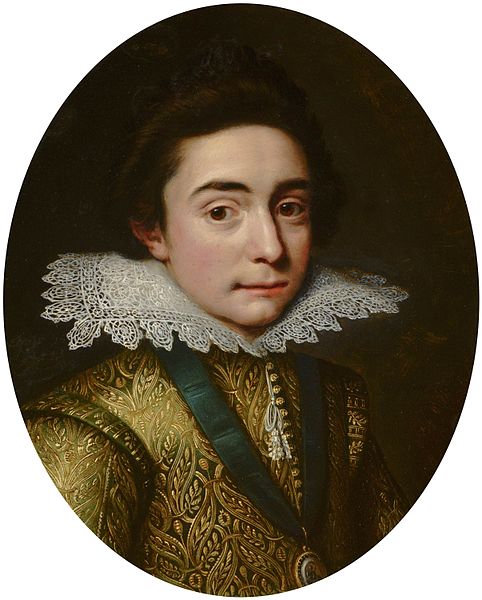
Friedrich V, Elector Palatine by Michiel Janszoon van Mierevelt, 1613; Credit – Wikipedia

Elizabeth Stuart by Marcus Gheeraerts, 1612; Credit – Wikipedia
In August 1619, Friedrich was elected King of Bohemia and was crowned in Prague on November 4, 1619. Elizabeth, who was in late pregnancy with her son Rupert, was crowned two days later. The crown of Bohemia had been in Habsburg hands for a long time and the Habsburg heir, Ferdinand II, Holy Roman Emperor refused to accept Friedrich as King of Bohemia. Friedrich’s reign ended with his defeat by Ferdinand at the Battle of White Mountain, one of the early battles of the Thirty Years’ War, on November 8, 1620. Friedrich and Elizabeth are called the Winter King and the Winter Queen referring to their short reign as King and Queen of Bohemia.
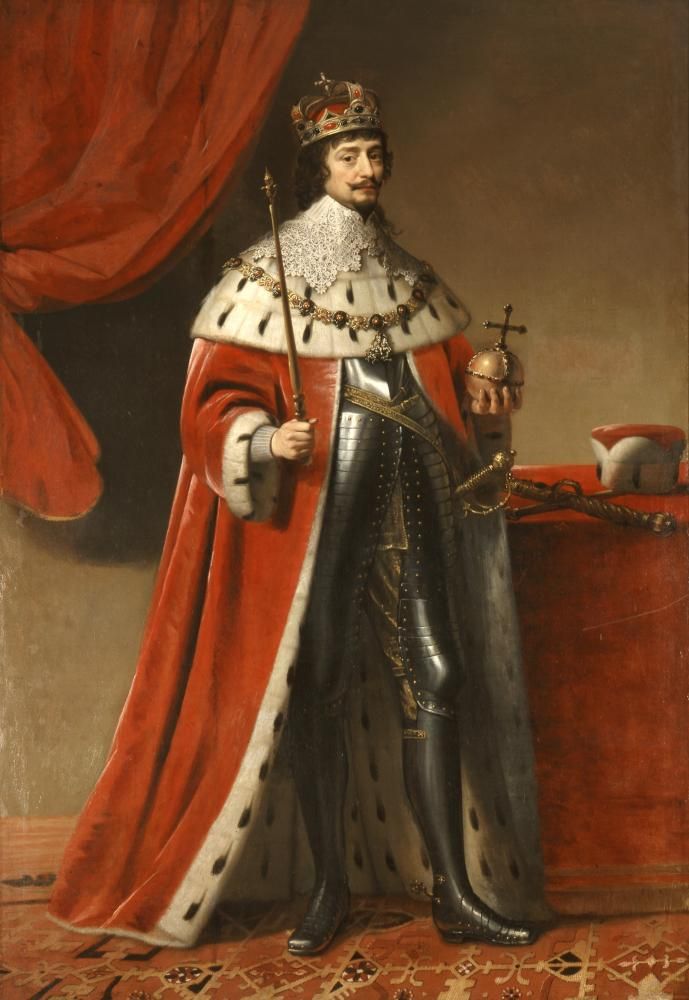
Friedrich as King of Bohemia by Gerard van Honthorst; Credit – Wikipedia

Elizabeth as Queen of Bohemia by Gerard van Honthorst; Credit – Wikipedia
The couple sought refuge in Berlin but had to leave in January 1621 when Friedrich was forced to give up the Palatinate and was banished from the Holy Roman Empire. Elizabeth, Friedrich, and their family were given refuge in The Hague by Maurits, Prince of Orange, Stadtholder of all the provinces of the Dutch Republic except for Friesland. The last eight of their thirteen children were born in The Hague. In January 1632, their last child was born, and later that same month, Friedrich left The Hague to fight alongside King Gustavus Adolphus II of Sweden in the Thirty Years’ War. Elizabeth never saw him again. Beginning in October 1632, Friedrich suffered from an infection that continually worsened. Doctors determined nothing could be done and Friedrich died on November 29, 1632, at the age of 36.

Elizabeth as a widow by Gerard van Honthorst, 1642; Credit – Wikipedia
Elizabeth was devastated by Friedrich’s death. Her brother King Charles I of England invited her to return to England, but she refused as she felt she had to fight for the rights of her eldest son Karl Ludwig. She raised a small army on his behalf, and finally, in 1648, the Palatinate was restored to him. Between her husband’s death in 1632 and her death in 1662, Elizabeth suffered the death of four of her children and the execution of her brother King Charles I of England in 1649. In 1660, Elizabeth’s nephew King Charles II was restored as King of England and Elizabeth decided to visit England. She arrived in England on May 26, 1661, and by July she was determined to remain there. She first lived in Drury House on Wych Street in London. In January 1662, she moved to Leicester House on the north side of present-day Leicester Square. On February 13, 1662, Elizabeth died of bronchitis at the age of 65 and was buried in the Henry VII Chapel at Westminster Abbey near her brother Henry, Prince of Wales.
Through her daughter Sophia, Electress of Hanover whose son succeeded to the British throne as King George I after the Protestant Stuarts died out, Elizabeth is the ancestor of the British royal family and most other European royal families, including those of Belgium, Denmark, Luxembourg, the Netherlands, Norway, Spain, and Sweden, as well as the former royal families of Greece, Romania, Prussia, and Russia.
This article is the intellectual property of Unofficial Royalty and is NOT TO BE COPIED, EDITED, OR POSTED IN ANY FORM ON ANOTHER WEBSITE under any circumstances. It is permissible to use a link that directs to Unofficial Royalty.
Works Cited
Abrufstatistik. “Elisabeth Stuart.” Wikipedia. N.p.: Wikimedia Foundation, n.d. Web. 12 Oct. 2016.
“Elizabeth Stuart, Queen of Bohemia.” Wikipedia. N.p.: Wikimedia Foundation, 19 Sept. 2016. Web. 12 Oct. 2016.
“Frederick V, Elector Palatine.” Wikipedia. N.p.: Wikimedia Foundation, 6 Sept. 2016. Web. 12 Oct. 2016.
Williamson, David. Brewer’s British Royalty. London: Cassell, 1996. Print.

